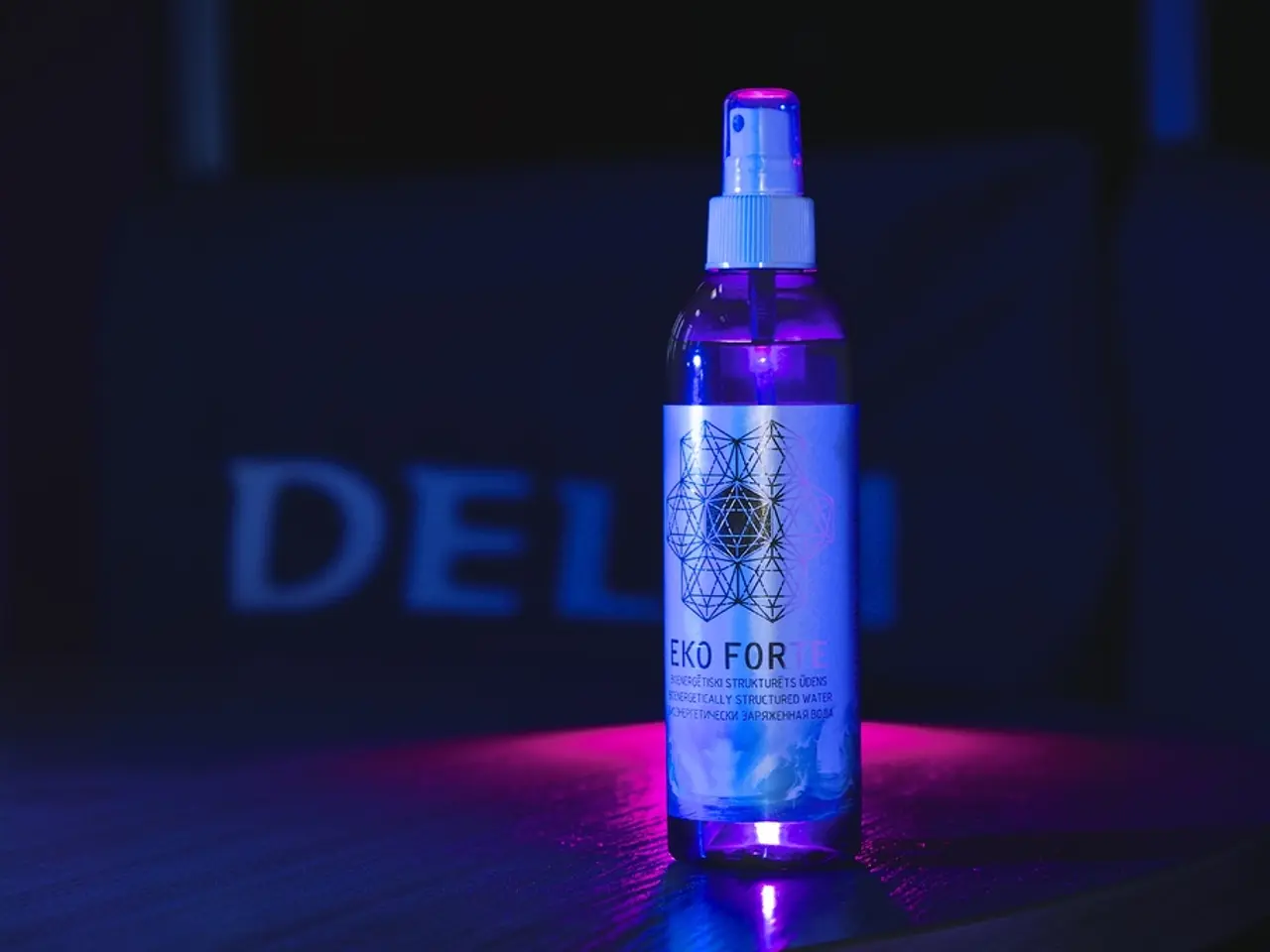Mineral Oil: Examining Cancer Risks, Advantages, and Safe Application Practices
Mineral oil, a common ingredient in various skincare products, has been a topic of interest for many consumers. Here's a breakdown of the regulations surrounding mineral oil in both Europe and the United States, as well as its safety and benefits.
In the European Union (EU), cosmetic ingredients, including mineral oils, are subject to strict safety assessments. The focus is on the elimination or significant reduction of carcinogenic, mutagenic, or reprotoxic (CMR) compounds, often referred to as CMR substances. The EU employs rigorous refining and testing standards to ensure cosmetic-grade mineral oils are free of hazardous polycyclic aromatic hydrocarbons (PAHs), the primary carcinogenic contaminants in mineral oils derived from petroleum. These regulations fall under the EU Cosmetics Regulation (EC) No 1223/2009 and related chemical safety frameworks like REACH and CLP.
In contrast, mineral oil used in cosmetics in the United States is regulated by the Food and Drug Administration (FDA). The FDA requires that mineral oil used in cosmetics be highly refined to remove harmful compounds such as PAHs. However, the regulatory approach is generally considered less strict or detailed than the EU’s. The US Modernization of Cosmetics Regulation Act (MoCRA), passed recently, aims to enhance ingredient safety assessments and good manufacturing practices, including better disclosure and ongoing review of cosmetic ingredients, but this process is still evolving.
Regarding refining processes, the primary difference is in the standard and detail of refinement required. EU refining of mineral oil for cosmetics typically involves deeper purification techniques to reduce PAHs and related carcinogenic impurities to very low levels. In comparison, US refining standards may be seen as less stringent compared to EU requirements.
It's essential to note that both regions regulate mineral oil for carcinogenic compounds in cosmetics, but the EU applies stricter, more detailed refining and safety assessment standards, while the US is moving toward stronger regulations with recent laws but may have less stringent refining specifications currently.
White mineral oil, a highly purified form of mineral oil, is safe to use in over-the-counter products. However, applying petroleum jelly on the face should be avoided if a person is prone to acne. Mineral oil helps promote overall skin health and provides moisture, but it does not penetrate the skin and does not cause adverse changes to the skin or have any effect on internal organs.
Products containing mineral oil may include ingredients such as paraffin, petrolatum, and synthetic wax. The concentration of mineral oils in cosmetics can range from 1-99%. Mineral oil can be found in local pharmacies and online, and it's advisable to consult a dermatologist before using pure mineral oil.
Mineral oils in cosmetics are typically stable and well-tolerated when applied to the skin. If a person develops any reaction to mineral oil in a product, they should stop using it and contact their doctor if symptoms persist. Moisturizing the skin with mineral oil can help reduce the appearance of wrinkles, and it does not dry out the skin.
Mineral oil is present in a variety of skincare products such as skin creams, ointments, lotions, sunscreens, lip care products, hair gels, bath oils. When using a product containing mineral oil, it's crucial to follow the instructions on the packaging.
References:
- European Commission. (2021). Regulation (EC) No 1223/2009 of the European Parliament and of the Council of 30 November 2009 on cosmetic products. Retrieved from https://ec.europa.eu/info/law/better-regulation/have-your-say/initiatives/12020CosmeticsRegulation/document/REGULATION-EC-No-1223-2009-EN-TXT
- United States Food and Drug Administration. (2021). Cosmetics. Retrieved from https://www.fda.gov/cosmetics
- Environmental Working Group. (2021). Mineral Oil. Retrieved from https://www.ewg.org/skindeep/ingredient/703085-MINERAL_OIL/
- The Regulation (EC) No 1223/2009 of the European Parliament and of the Council focuses on the elimination or significant reduction of carcinogenic, mutagenic, or reprotoxic (CMR) compounds in cosmetic ingredients like mineral oils.
- The EU employs rigorous refining and testing standards to ensure cosmetic-grade mineral oils are free of hazardous polycyclic aromatic hydrocarbons (PAHs), the primary carcinogenic contaminants in mineral oils derived from petroleum.
- In contrast, the Food and Drug Administration (FDA) requires that mineral oil used in cosmetics in the United States be highly refined to remove harmful compounds such as PAHs.
- The EU's regulatory approach is generally considered stricter and more detailed than the US’s, with stricter, more detailed refining and safety assessment standards.
- White mineral oil, a highly purified form of mineral oil, is safe to use in over-the-counter products, but applying petroleum jelly on the face should be avoided if a person is prone to acne.
- Mineral oil helps promote overall skin health and provides moisture, but it does not penetrate the skin and does not cause adverse changes to the skin or have any effect on internal organs.
- When a person develops any reaction to mineral oil in a product, they should stop using it and contact their doctor if symptoms persist.
- Moisturizing the skin with mineral oil can help reduce the appearance of wrinkles, and it does not dry out the skin.
- Mineral oil is present in a variety of skincare products such as skin creams, ointments, lotions, sunscreens, lip care products, hair gels, and bath oils.
- A dermatologist should be consulted before using pure mineral oil.
- Research and science in the health-and-wellness and skin-care sectors continue to investigate the potential links between long-term use of certain cosmetic ingredients and conditions such as depression, degeneration, HIV, bipolar, eczema, multiple sclerosis, diabetes, colitis, Alzheimers, migraine, cancer, type, ulcerative colitis, macular degeneration, and predictive health outcomes.




